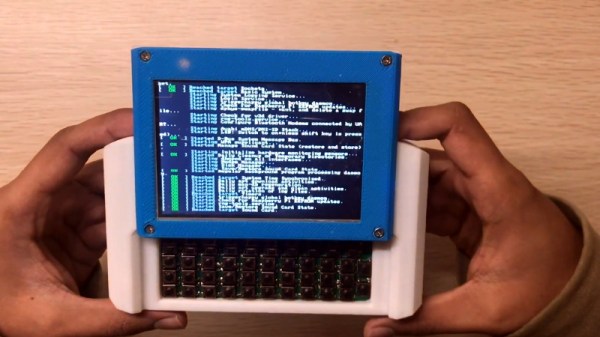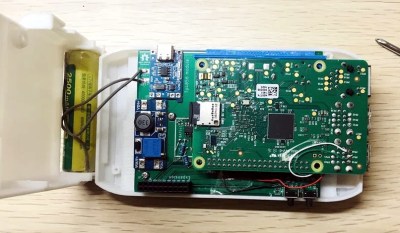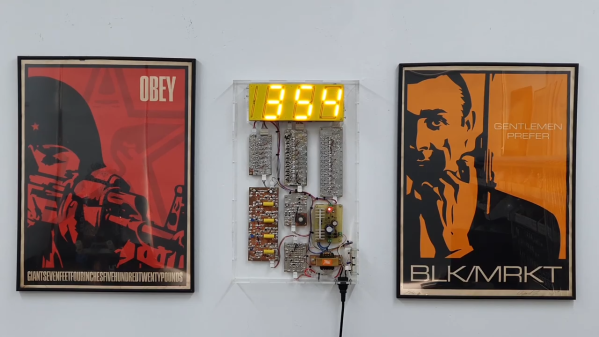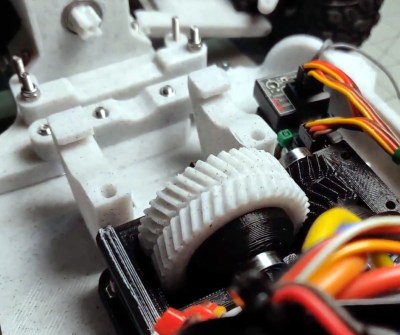You were promised Zoom news last week, but due to a late night of writing, that story was delayed to this week. So what’s the deal with Zoom? Google, SpaceX, and even the government of Taiwan and the US Senate have banned Zoom. You may remember our coverage of Zoom from nearly a year ago, when Apple forcibly removed the Zoom service from countless machines. The realities of COVID-19 have brought about an explosion of popularity for Zoom, but also a renewed critical eye on the platform’s security.
“Zoombombing”, joining a Zoom meeting uninvited, made national headlines as a result of a few high profile incidents. The US DOJ even released a statement about it. Those incidents seem to have been a result of Zoom default settings: no meeting passwords, no “waiting room”, and meeting IDs that persist indefinitely. A troll could simply search google for Zoom links, and try connecting to them until finding an active meeting. Ars ran a great article on how to avoid getting zoombombed (thanks to Sheldon for pointing this out last week).
There is another wrinkle to the Zoom story. Zoom is technically an American company, but its Chinese roots put it in a precarious situation. Recently it’s been reported that encryption keying is routed through infrastructure in China, even though the calling parties are elsewhere. In some cases, call data itself goes through Chinese infrastructure, though that was labeled as a temporary bug. Zoom was also advertising its meetings as having end-to-end encryption. That claim was investigated, and discovered to be false. All meetings get decrypted at Zoom servers, and could theoretically be viewed by Zoom staff. Continue reading “This Week In Security: Zoom (Really This Time), Fingerprints, And Bloatware”



















